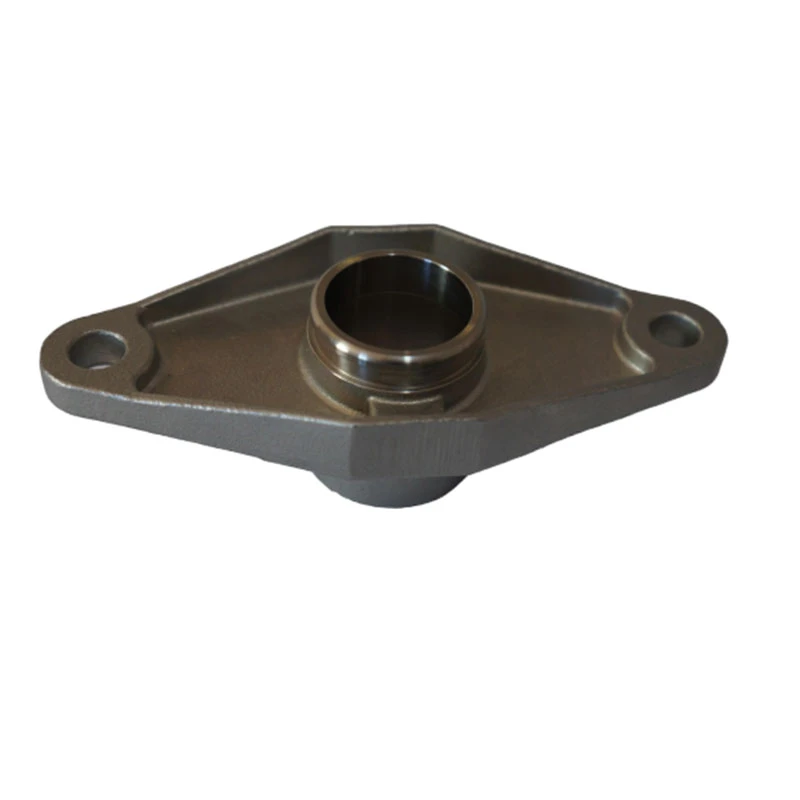making green sand for casting
Making Green Sand for Casting A Comprehensive Guide
Casting is a widely used manufacturing process in which molten metal is poured into a mold to create objects of various shapes and sizes. One of the most common materials used for creating molds in metal casting is green sand. Green sand is a mixture of sand, clay, and water that provides the necessary properties for casting. In this article, we will explore the composition, preparation, and advantages of using green sand for casting processes.
Composition of Green Sand
Green sand is primarily composed of silica sand, which forms the bulk of the mixture. The sand particles are usually spherical, allowing for good flowability, which is crucial in filling the mold cavity. The second key component is clay, typically bentonite, which acts as a binding agent that helps the sand maintain its shape during the casting process. Additionally, water plays a significant role in activating the clay and providing the necessary moisture for the mold to hold together.
The typical composition of green sand consists of about 90% silica sand, 5% clay, and 5% water. The exact proportions can vary based on the desired properties of the final mold, including strength, permeability, and collapsibility.
Preparing Green Sand
To prepare green sand for casting, follow these steps
1. Selecting the Sand Choose high-quality silica sand with the appropriate grain size and shape. The preferred size is usually between 0.1 mm and 1 mm.
2. Adding Clay Incorporate bentonite clay into the sand. The clay should be thoroughly mixed with the sand to ensure even distribution. This is typically done in a sand mixer.
3. Moisture Addition Gradually add water to the mixture while continuously mixing. The amount of water should be enough to activate the clay without making the mixture too soupy. Aim for a consistency that allows the sand to hold its shape when molded.
4. Testing for Quality After mixing, test the green sand for its properties. A simple test is to take a handful of sand and squeeze it. If it holds together well without crumbling, it indicates the correct balance of moisture and clay.
making green sand for casting

5. Storing the Sand Store excess green sand in a moisture-proof container to prevent it from drying out. If the sand becomes too dry, it can easily be rehydrated by adding water and mixing again.
Advantages of Green Sand
Green sand has numerous advantages that make it a popular choice for metal casting
1. Cost-Effective The raw materials for green sand are relatively inexpensive and readily available, making it an economical option for foundries.
2. Reusability Green sand molds can be reused multiple times, reducing waste and lowering material costs. After casting, the sand can be reclaimed through a process of drying and sieving.
3. Good Molding Characteristics The mixture retains its shape well, allowing for the production of highly detailed and complex molds.
4. Excellent Heat Resistance Green sand can withstand the high temperatures of molten metal, making it suitable for a variety of casting applications.
5. Environmental Friendliness The materials used in green sand are non-toxic and environmentally friendly compared to other mold materials that may contain harmful substances.
Conclusion
Making green sand for casting is a straightforward process that offers numerous benefits for metalworking applications. Its unique composition enables effective mold-making, while its cost-effectiveness and reusability make it a favorite among foundries. Whether you're a hobbyist or a professional metalworker, mastering the art of preparing green sand can significantly enhance the quality and efficiency of your casting projects.
-
crawler mounted drill rig-Baoding Hairun Machinery And Equipment Trading Co., Ltd.|Underground Drilling Solutions, Confined Space EfficiencyNewsAug.16,2025
-
Custom OEM Couplings | Precision Machining & ManufacturingNewsAug.16,2025
-
Advanced Drilling Solutions for Confined Spaces - Baoding Hairun Machinery | Crawler Mounted Drill Rig&Confined Space ApplicationsNewsAug.16,2025
-
Drill For Confined Spaces-Crawler Drill Rig for Mining Applications|Baoding Hairun Machinery And Equipment Trading Co., Ltd.NewsAug.16,2025
-
Crawler Mounted Drill Rig-Baoding Hairun Machinery And Equipment Trading Co., Ltd.|Compressed Air Power&Frame SupportNewsAug.15,2025
-
Crawler Drilling Rig - Baoding Hairun|Confined Space Drilling&Mine SafetyNewsAug.15,2025















